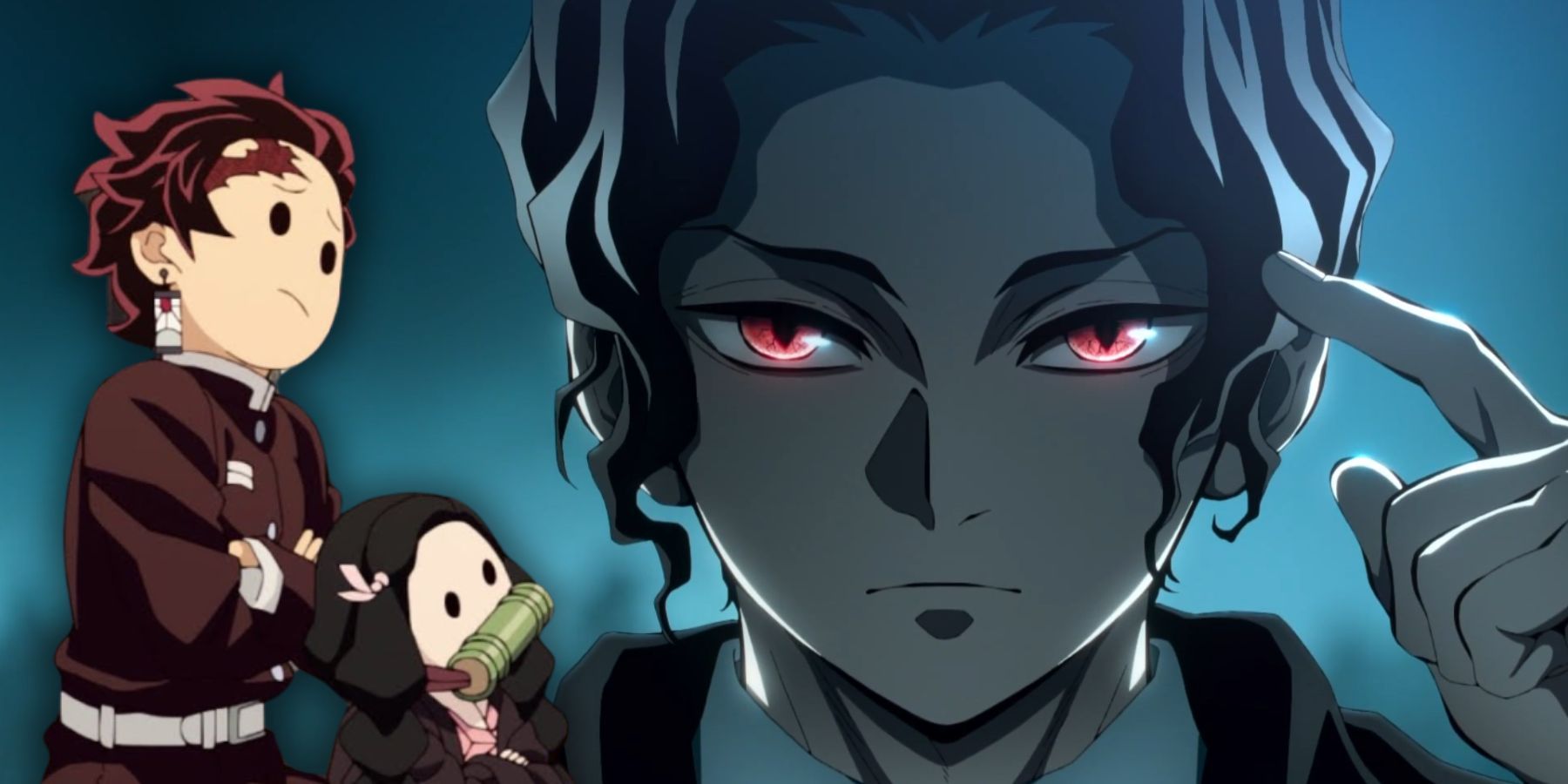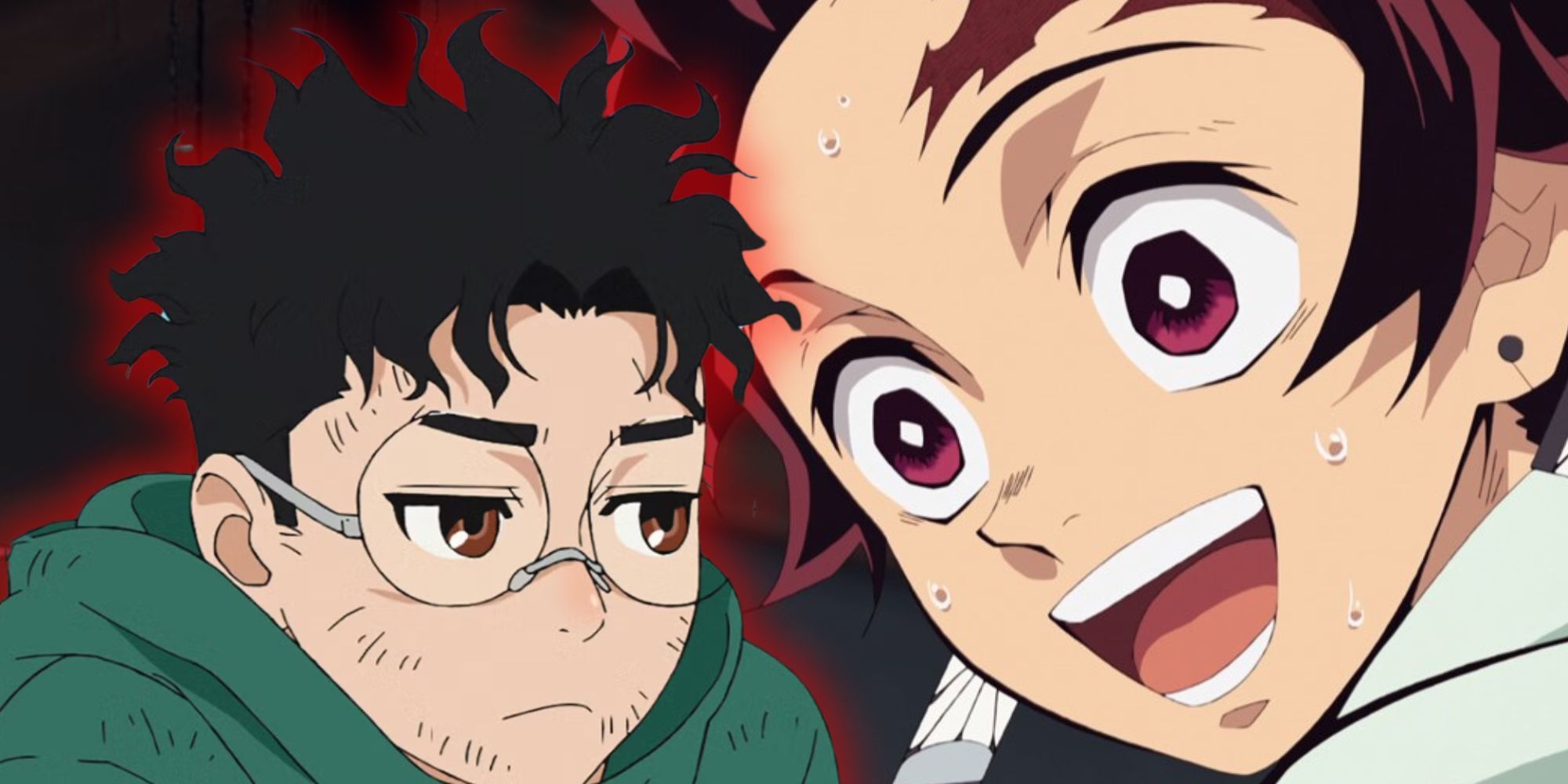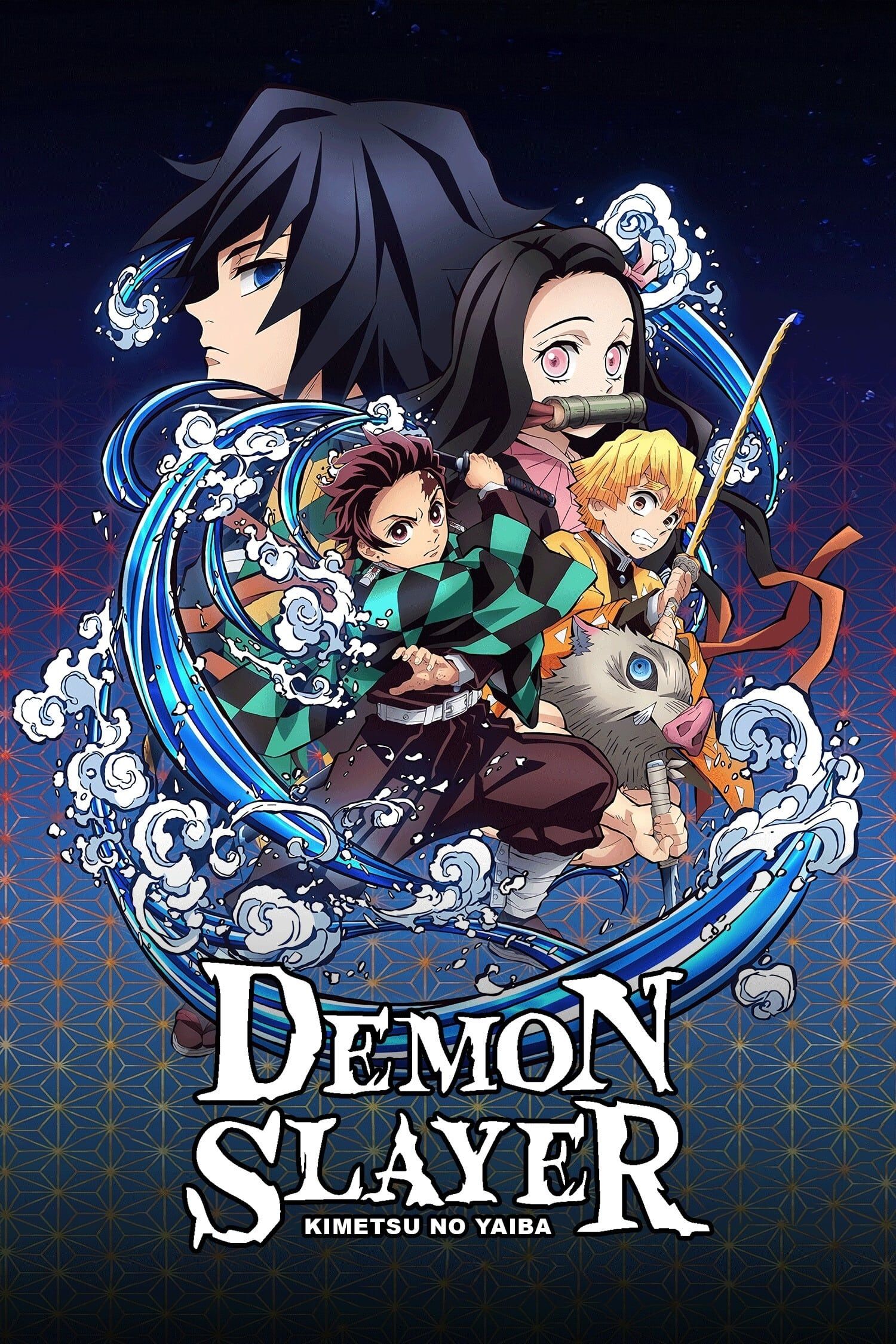There’s no doubt that Demon Slayer, also known as Kimetsu no Yaiba, by Koyoharu Gotouge, is one of the most beloved works in the anime and manga medium, attracting new audiences to this genre. The story of Demon Slayer follows the classic shonen mold, with a male protagonist on a quest to fulfill his ambitions while forming friendships and rivalries that deeply impact the series. Ufotable does an outstanding job adapting Gotouge’s manga.
In fact, it’s no exaggeration to say that the anime elevates Gotouge’s characters through vibrant colors and stunning visuals. Ufotable consistently goes above and beyond with its exceptional animation. However, the manga holds its own appeal, with qualities that make it equally enjoyable.
10
The Manga Is More Verbal Than Anime
The Dialogues In Manga Make Characters Sound More Vulgar
Ufotable is considered one of the most faithful studios, praised for its incredible work in bringing Demon Slayer’s narrative to the screen without leaving much behind. However, even Ufotable adapts the series to be more family-friendly, omitting harsher language to appeal to younger audiences.
Near the end of the first season, after Tanjiro and Nezuko first meet the Hashira, they are brought to the Butterfly Mansion for treatment. While waiting, Aoi greeted them rather harshly. In the manga, she demands, “Who the hell are you?!” whereas in the anime, she politely asks who they are. Similarly, Yushiro calls Nezuko a “hag” in the manga but an “eyesore” in the anime when he first meets the Kamado siblings. These and other changes underscore that the manga might be more vulgar than the anime.
9
The Manga Includes More Narration, Providing Additional Insights Into the Characters
Ufotbale Omitted Narrations Because of a Direction Choice
One of the biggest differences between the Demon Slayer manga and anime is how the latter lacks a narrator, forcing the anime to omit the information from the narrator’s boxes from the manga. However, Uftobale manages to include almost all the major narrations through the characters currently presented in the scene. One of the epitomes stems from episode #4 of Demon Slayer’s Entertainment District Arc.

Related
10 Smartest Demon Slayer Characters, Ranked
Demon Slayer features a vibrant and diverse cast, with some of the smartest and most strategic characters in anime history.
The buff mice from this episode that come to the trio’s aid are explained as Tengen’s familiar by the narrator’s dialogue box, while the anime sees Inosuke providing this information. However, the same arc is forced to omit information verbally about how Tengen’s swords have explosive strength and only depict them in action. This tidbit of information provided earlier makes Tengen even more formidable, which sadly, anime could not do.
8
The Anime Gives Tengen A Closure Manga Couldn’t
A Narration That Arguably Should Have Been Presented In the Manga
After the Entertainment District Arc, the manga largely sidelines Tengen Uzui, the recently retired Hashira. However, the anime seizes the opportunity to expand his role and provide the closure Tengen arguably deserved in the Demon Slayer. In the Hashira Training arc, which the manga condenses into just a couple of pages, the anime dedicates an entire episode, allowing Tengen to display a profound emotional response.
This addition subtly emphasizes Tanjiro’s growth, but Tengen truly steals the spotlight. His moments of regret and lingering trauma add depth to his character, making it all the more rewarding to see Tanjiro and other Demon Slayers reassure him that his legacy will endure.
7
Demo Slayer Hashira Training Arc Also Gives the Reasons Why Hashiras Hold Their Esteemed Titles
Anime Profoundly Depicts Why Hashiras Are on a Different Level
Since Demon Slayer’s fourth season had to adapt the Hashira Training Arc, which concluded in just ten chapters in the manga, into an entire season, the anime introduces significant differences, including a subtle yet impactful insight into what it takes to become a Hashira. The anime clarifies that becoming a Hashira is achieved through consistent effort and rigorous training, a notion subtly conveyed through the Mist, Wind, and Snake Hashira.
The Hashira Training Arc includes an original scene where Muichiro Tokito decides to train alone with Obanai and Sanemi after a full day of training other Demon Slayers. Together, the three express their shared need for additional training to reach the next level, emphasizing their tireless dedication. This small yet significant detail, paired with the intensity of the training, hints that the path to becoming a Hashira begins with hard work, which the manga sadly couldn’t, as it also fails to depict the Hashira’s emotional responses.
6
Additional Changes in the Hashira Training Arc Allow for Greater Emotional Depth Among the Hashira
The Hashira’s Emotional Response Makes Them Much More Human in the Anime
It’s not only Tengen Uzui who gets the chance to express much-needed emotions; other Hashira also have moments to shine emotionally. The Hashira who take center stage in showcasing deeper human expression are the Snake and Wind Hashira. Obanai Iguro and Sanemi Shinazugawa first stand out in the opening episode of the Demon Slayer Hashira Training Arc, where they go on a mission involving demons abducting women. The anime’s extended scenes highlight their strength and dedication in ways the manga could not, showing the care they have for the woman they’re protecting.

Related
Dan Da Dan Uses Demon Slayer’s Greatest Trick To Prove The True Secret To A Successful Shonen Adaptation
Dan Da Dan is employing its stellar animation to expand and improve moments from the manga, something that made Demon Slayer a massive hit.
The most insightful moment comes when Obanai admits his fear upon seeing the mysterious Infinity Castle, a sentiment Sanemi echoes, revealing that beneath their formidable strength, they’re as human as anyone else. Giyu Tomioka also shows his emotional side in an added scene where he competes with Tanjiro in a challenge that, if lost, will go back to training. These additions in the anime are the biggest difference, as they provide a context for the Hashira largely missing from the manga.
5
The Most Wholesome Moment From Demon Slayer Stems From An Anime Original
The Demon Slayer Hashira Training Arc primarily focuses on the intense training of Tanjiro and the other Demon Slayers, leaving little room for moments of rest. Thus, the decision to add an original anime scene where characters take a break from training adds a refreshing note that gives the characters room to breathe. This addition appears in Episode #4 of the arc.
In this episode, Tanjiro challenges Muichiro Tokito to a paper plane competition, with the condition that if he wins, Muichiro must be more polite toward the Demon Slayers training under him. This scene unfolds into one of the arc’s most wholesome moments, where Tanjiro, Muichiro, and other Demon Slayers enjoy simply flying paper planes together. This lighthearted moment provides a much-needed break for everyone, including the viewers. Given the manga’s rapid pace in this arc, this addition is one of the anime’s biggest differences, making the arc feel more genuine and grounded.
An Addition to the Anime That Won’t Ever Work In the Manga
Though Ufotable has consistently excelled in adapting Koyoharu Gotouge’s Demon Slayer, the unexpectedly dramatic extension of Muzan’s approach to the Ubuyashiki mansion is bound to catch viewers off guard. In the manga, this scene is limited to a few panels, as an extension seems unnecessary. However, the anime’s expansion of this moment serves a purpose.
As Muzan walks toward the mansion, the season’s outro plays, a brilliant choice, as the song reflects Muzan’s perspective, conveying his desire for power, terror, and destruction as his path to eternity. This scene underscores Muzan’s confidence, especially in his belief that he’s nearing true immortality by conquering the sun, a threat he intends to unleash upon his enemies.
3
The Biggest Difference In Anime & Manga Is the Latter’s Decision To Depict Battles Profoundly
The Battle Scenes In the Anime Are Cleary Better With Vibrant Colors and the Choices To Elongate Them
While Ufotable excels in every aspect of adapting the manga, Demon Slayer‘s anime is at its most captivating during battle scenes. One of the most viral moments is from episode #19 of the first season, where Tanjiro beheads Lower Moon Six, a powerful testament to the anime’s unmatched ability to elevate action sequences.
Rengoku’s battle with Akaza is another example of vibrant color use, but Tengen’s fight against Gyutaro truly stands out. This climactic battle is extended to several minutes in the anime, whereas the manga wraps it up in just a few pages. With recent seasons using this approach even more, it’s clear that the biggest difference between the Demon Slayer anime and manga lies in the battle scenes, making the anime undeniably worth watching.
2
The Post Credit In Demon Slayer Anime Consists of Some Additional Content Without Fail
The Taisho Era Secrets In Anime Are Fun Additions
Though Demon Slayer features the narrator’s dialogue boxes, the anime adds fun facts and tidbits through its post-credit scenes, known as Taisho Era Secrets. While the general information is drawn directly from the manga or special sections at the end of each volume, Taisho Era Secrets often includes original anime moments.

Related
10 Best Demon Slayer Post-Credit Scenes
In the four seasons of the Demon Slayer anime, there are some hilarious and endearing post-credits scenes that make the episodes even better.
In the final episode of Demon Slayer’s Hashira Training Arc, this segment takes a heartfelt turn, showing Tanjiro and Mitsuri discussing how Rengoku’s actions have inspired them. What elevates this moment further is Rengoku’s voice echoes as the post-credits end, inspiring Mitsuri and Tanjiro once more, serving as a fitting homage to one of the series’ most beloved characters.
1
The Strength of Demon Slayer‘s Manga Lies in Its Art Style
Though Not as Vibrant as the Anime, Demon Slayer’s Manga Art Style Possesses a Unique Charm
Ufotable’s stellar character designs for the Demon Slayer anime stem from adapting the manga’s original artwork. While the anime enhances the designs with vibrant colors, one subtle detail gives the manga’s art a unique quality.
Koyoharu Gotouge’s style bears a striking resemblance to traditional Japanese art. Given that the series’ narrative unfolds during the Taisho Era, a time when Japanese cultural traditions were stronger than today, this artistic choice appears intentional, aligning the artwork with the period’s cultural richness. This distinction between the Demon Slayer manga and anime stands out as a significant difference, offering a compelling reason to appreciate the original manga even more.
